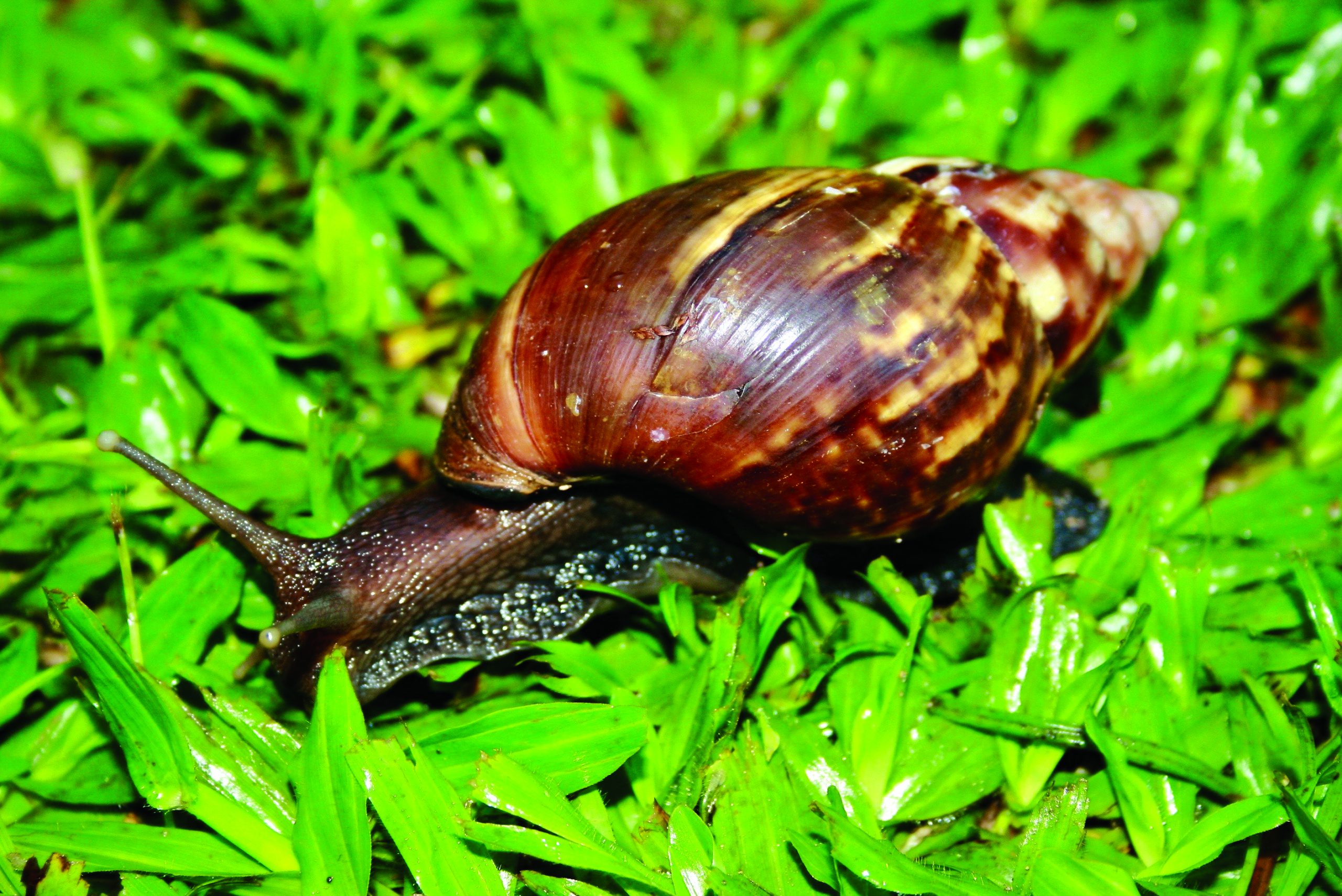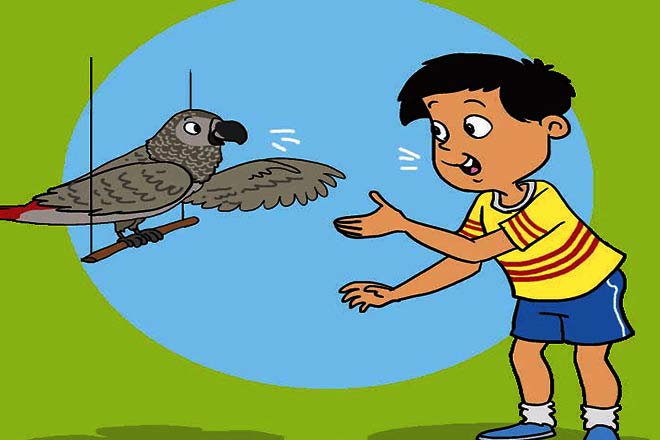However, there are some animals that are not known for their nurturing instincts, and make a very different kind of animal mother.

Orangutan- Even though Orangutans are known to be very solitary and independent apes, they build strong bonds with their mothers. Orangutan mothers carry their offspring for the first two years of their lives. During this period the young ones learn what kind of food is good to eat, where they can find it, what material can be used to build a nest and how to do so. This training period lasts from six to seven years. Then mothers and offspring part ways, but not for good. They pay regular visits to their mothers until they are 16. Typically, orangutans live up to 45 years or more in both the wild and captivity.
___________________________________________

African Elephant mothers are the largest land mammal mothers on Earth. When new in the role, mothers are never left alone in caring for their little ones. Due to the matriarchal organization of the group they live in, the other female elephants support all new moms during their 22-month pregnancy. By doing so, the new mothers learn how to raise their babies, what food to give them, dangers to watch out for and places to go. The babies suckle on mother’s milk for 4 to 6 years.
___________________________________________

Lion- Even though lions do not inhabit jungles, they are recognized as the kings of the jungle. Generally, a mother lioness is protective, attentive and caring with her little ones, especially when they are very young. Unfortunately, when a new male takes over a pride, lion mothers allow the new lion king to kill all cubs younger than two years old and start a new dynasty from scratch.
Giant Panda- Giant pandas get pregnant with great difficulty. When they do succeed, they deliver up to three cubs. Out of the three, giant panda реəцатар mothers choose only the strongest-seeming cub to raise, abandoning the others.
___________________________________________




















